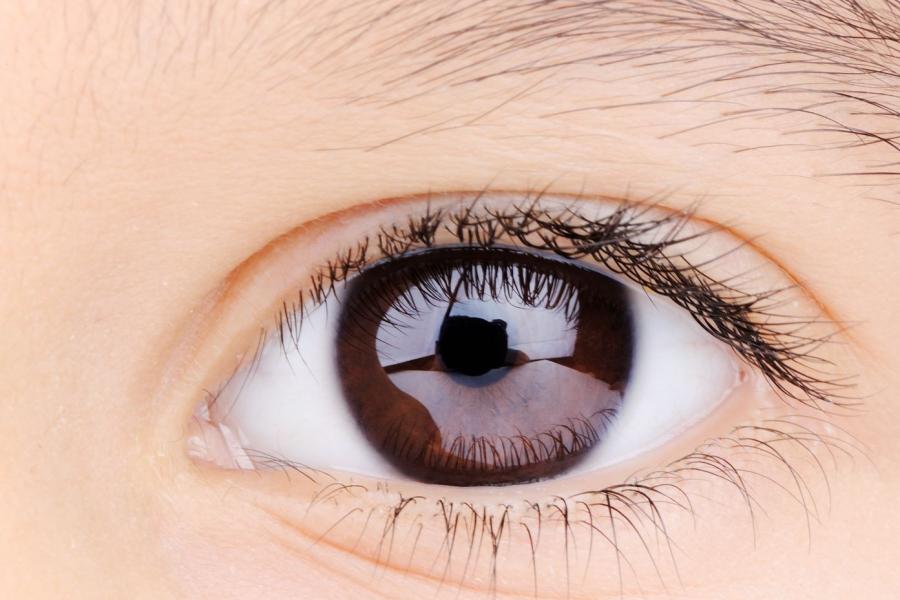Eyes
All about your child's eyes - what to expect in your baby's first year and what to do about some common eye problems. There is also information about vision checks at various stages in childhood.

Copyright: zurijeta / 123RF Stock Photo
Low or no data? Visit zero.govt.nz, scroll down the page then click on the KidsHealth logo to return to our site and browse for free.
All about your child's eyes - what to expect in your baby's first year and what to do about some common eye problems. There is also information about vision checks at various stages in childhood.

Copyright: zurijeta / 123RF Stock Photo